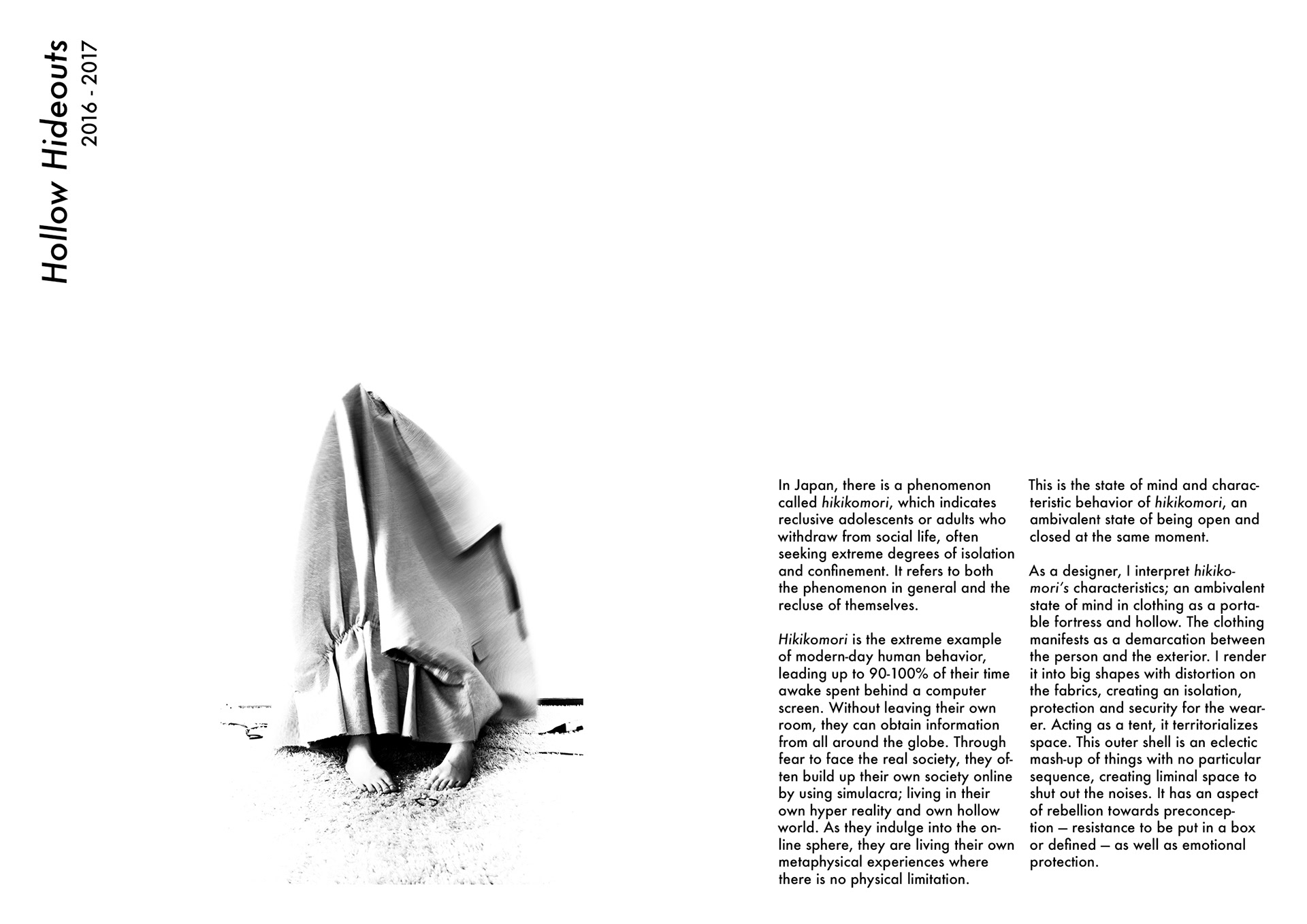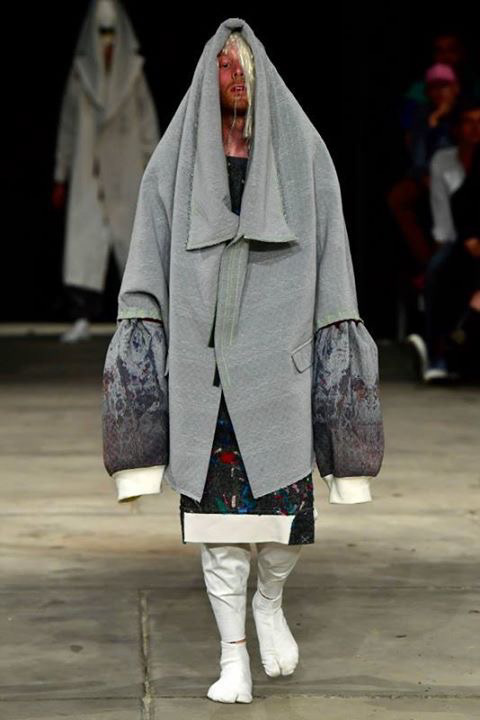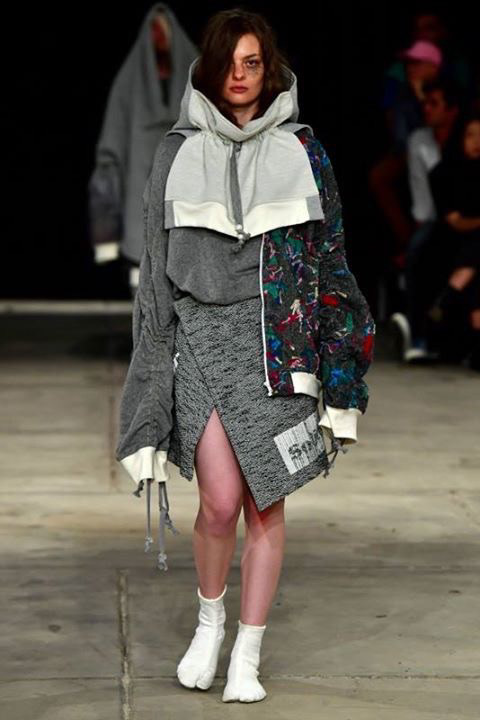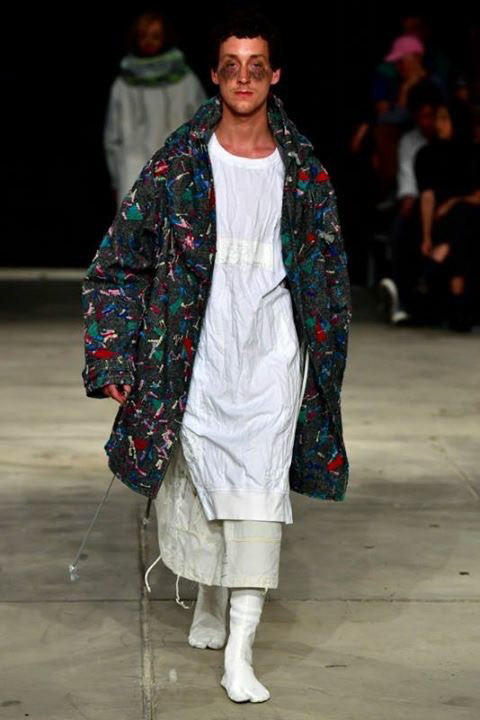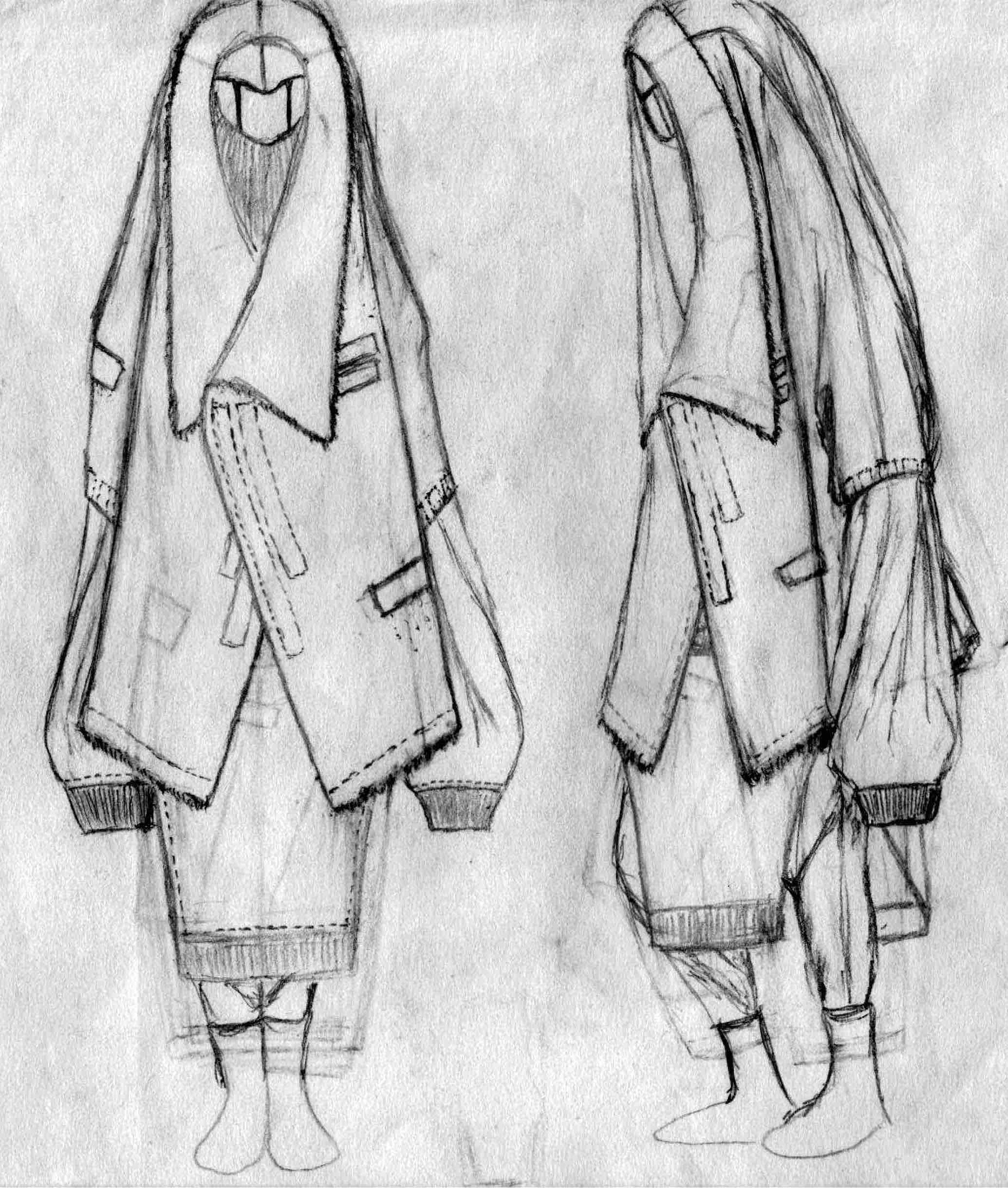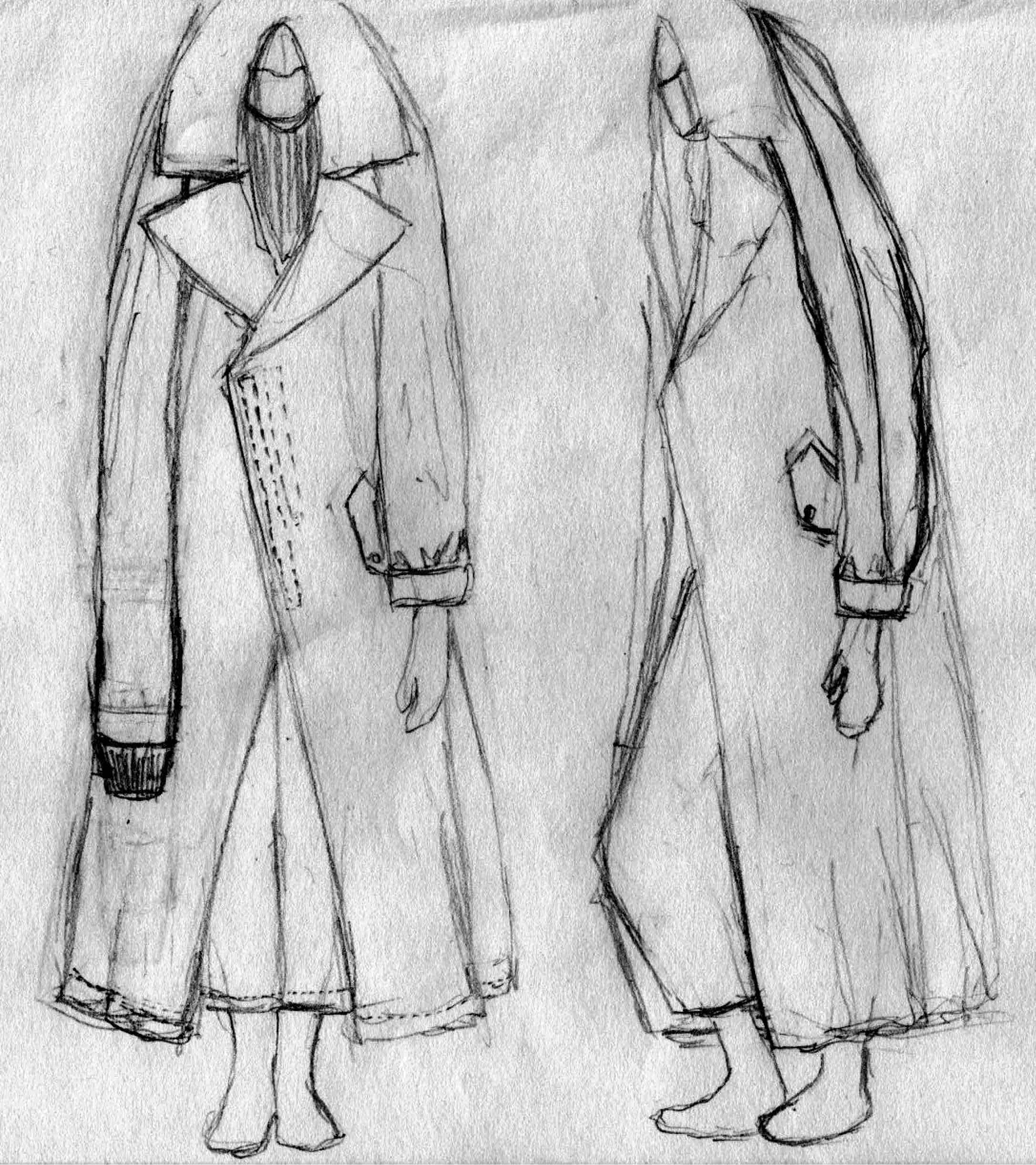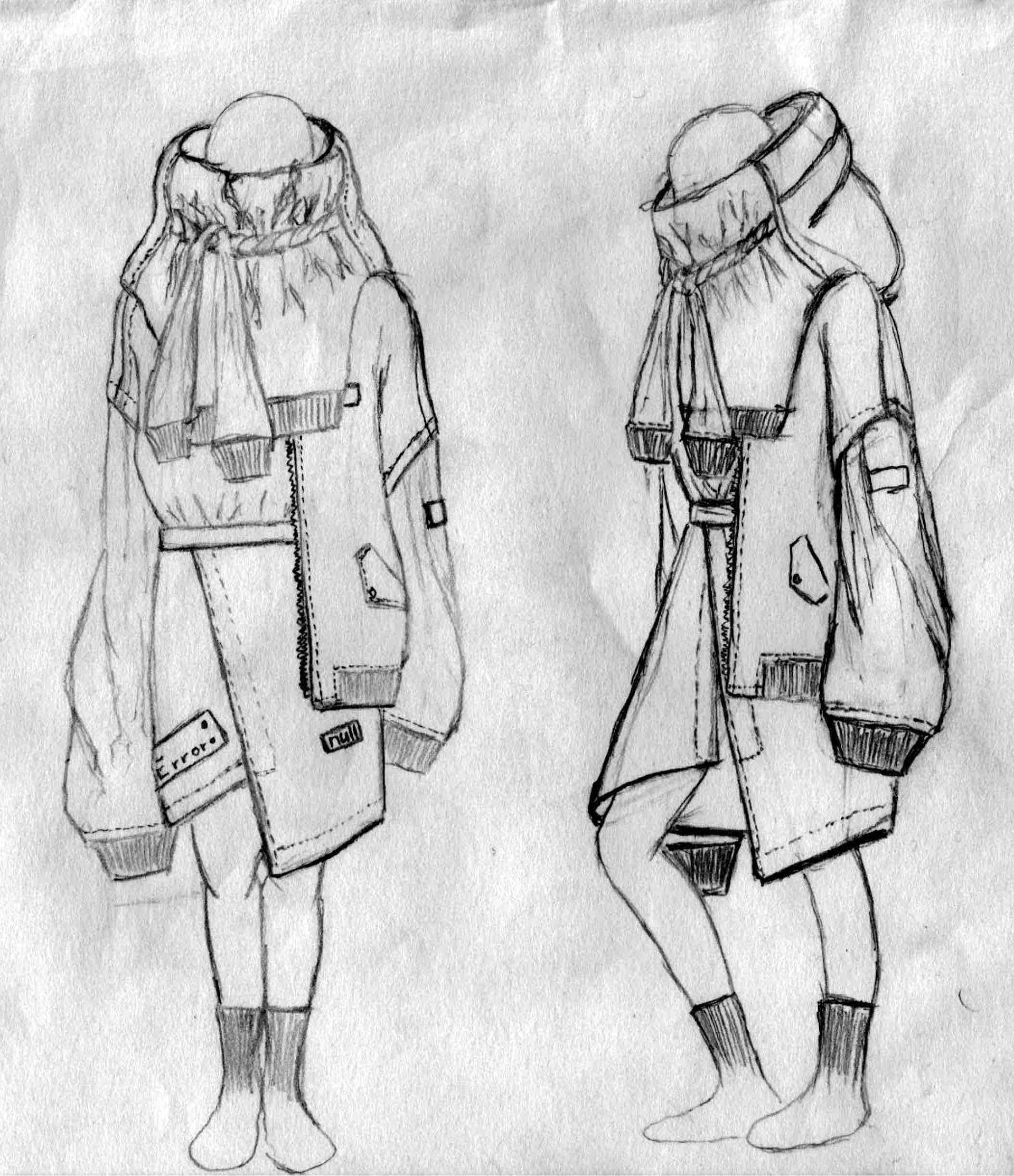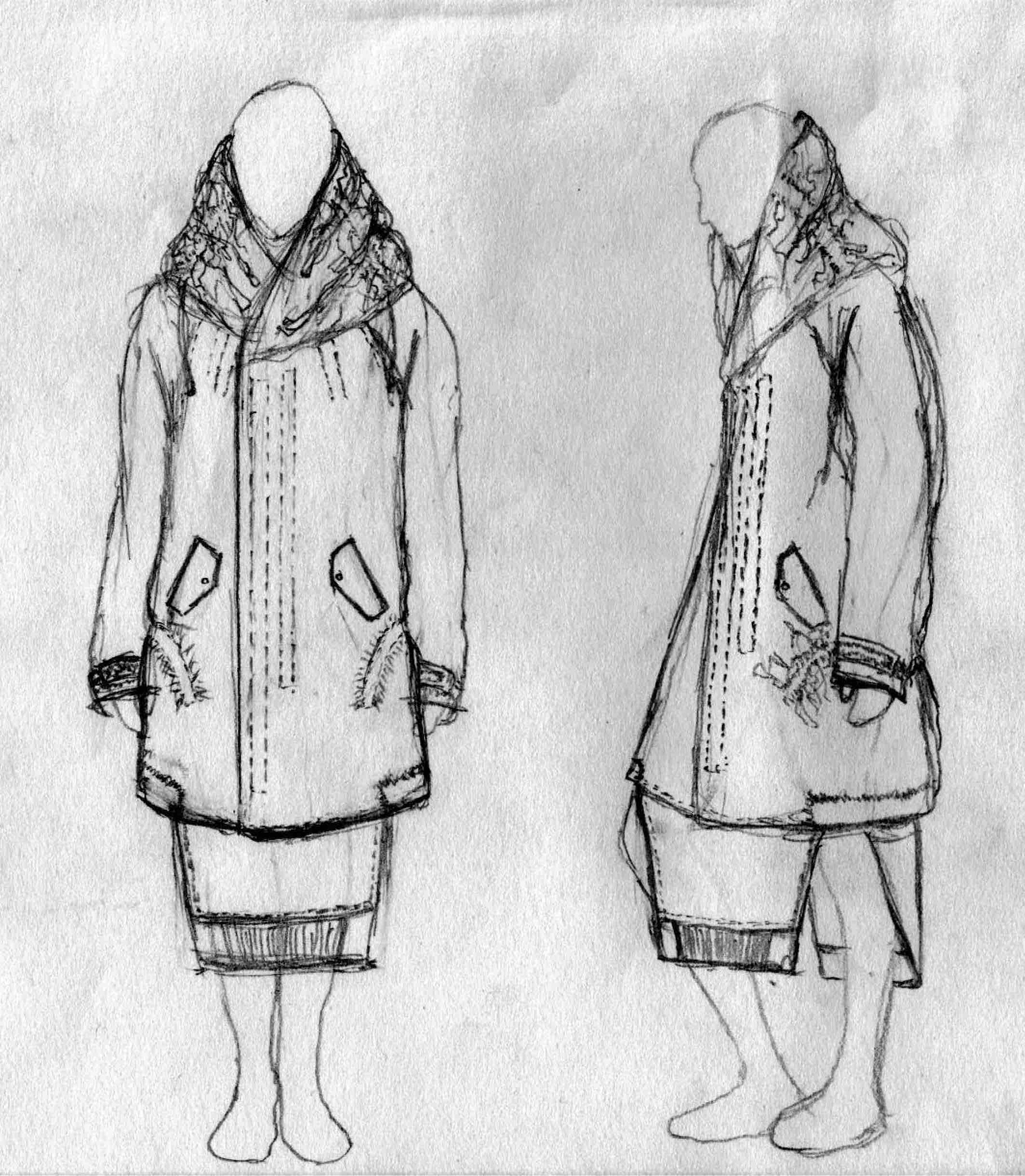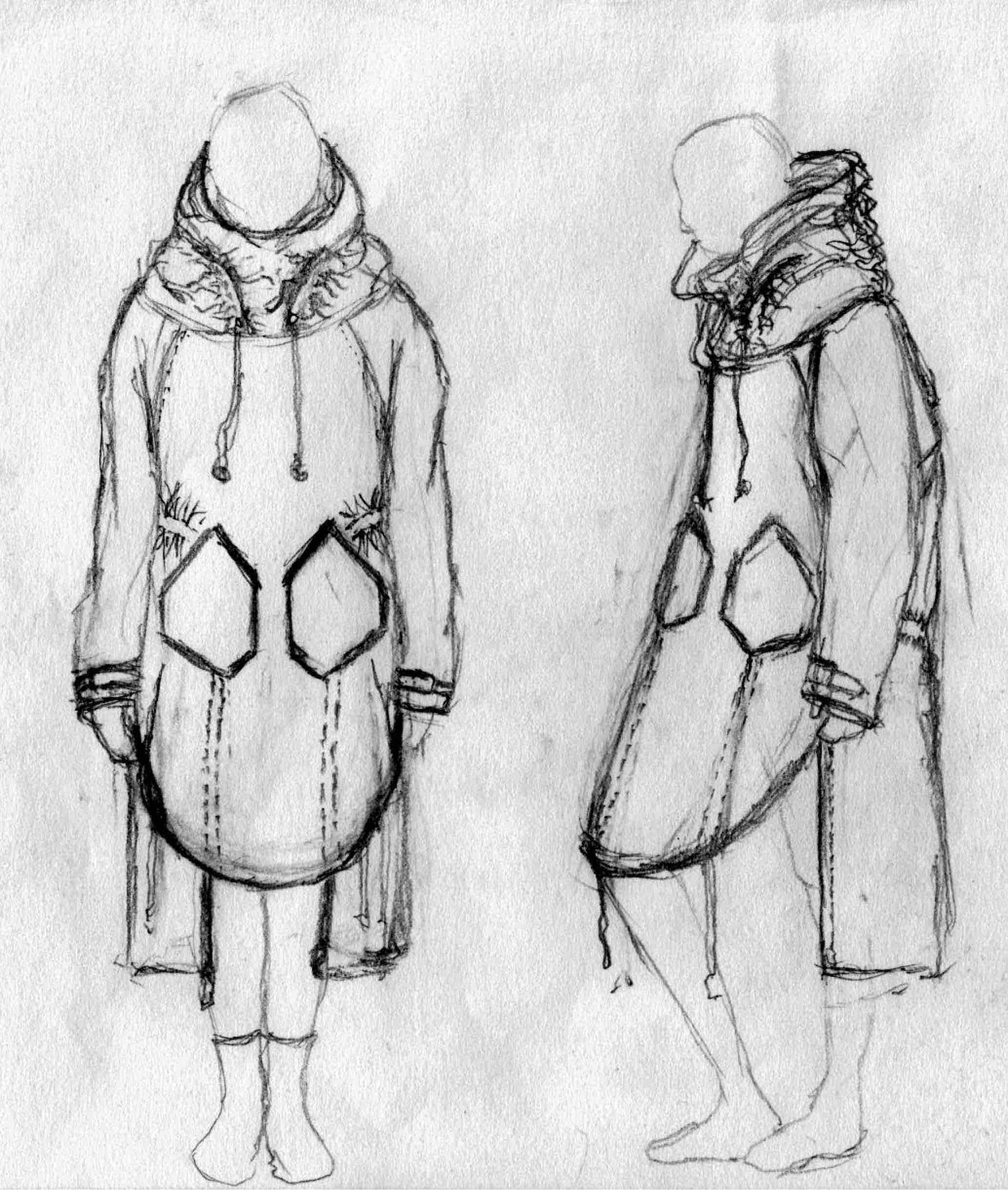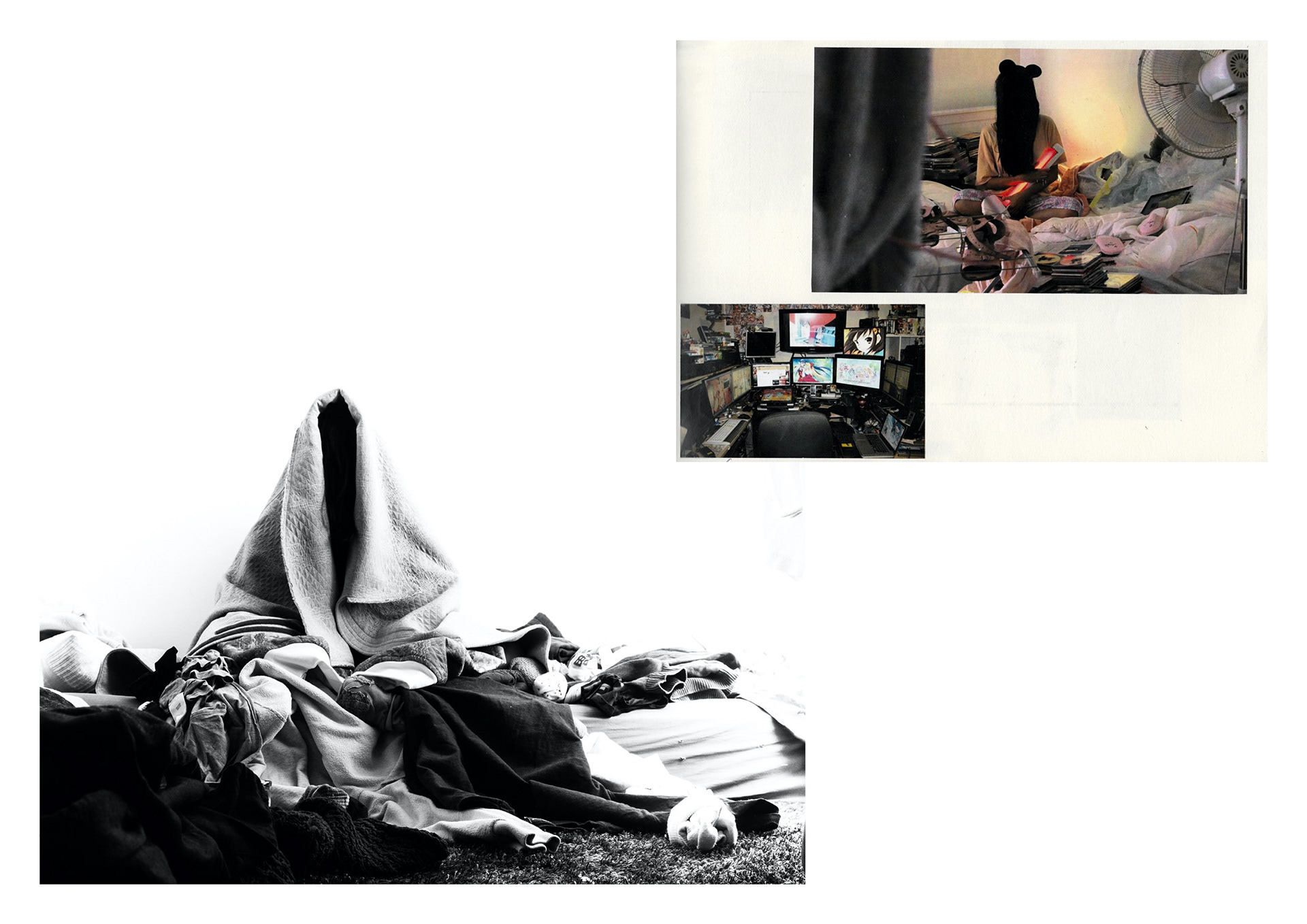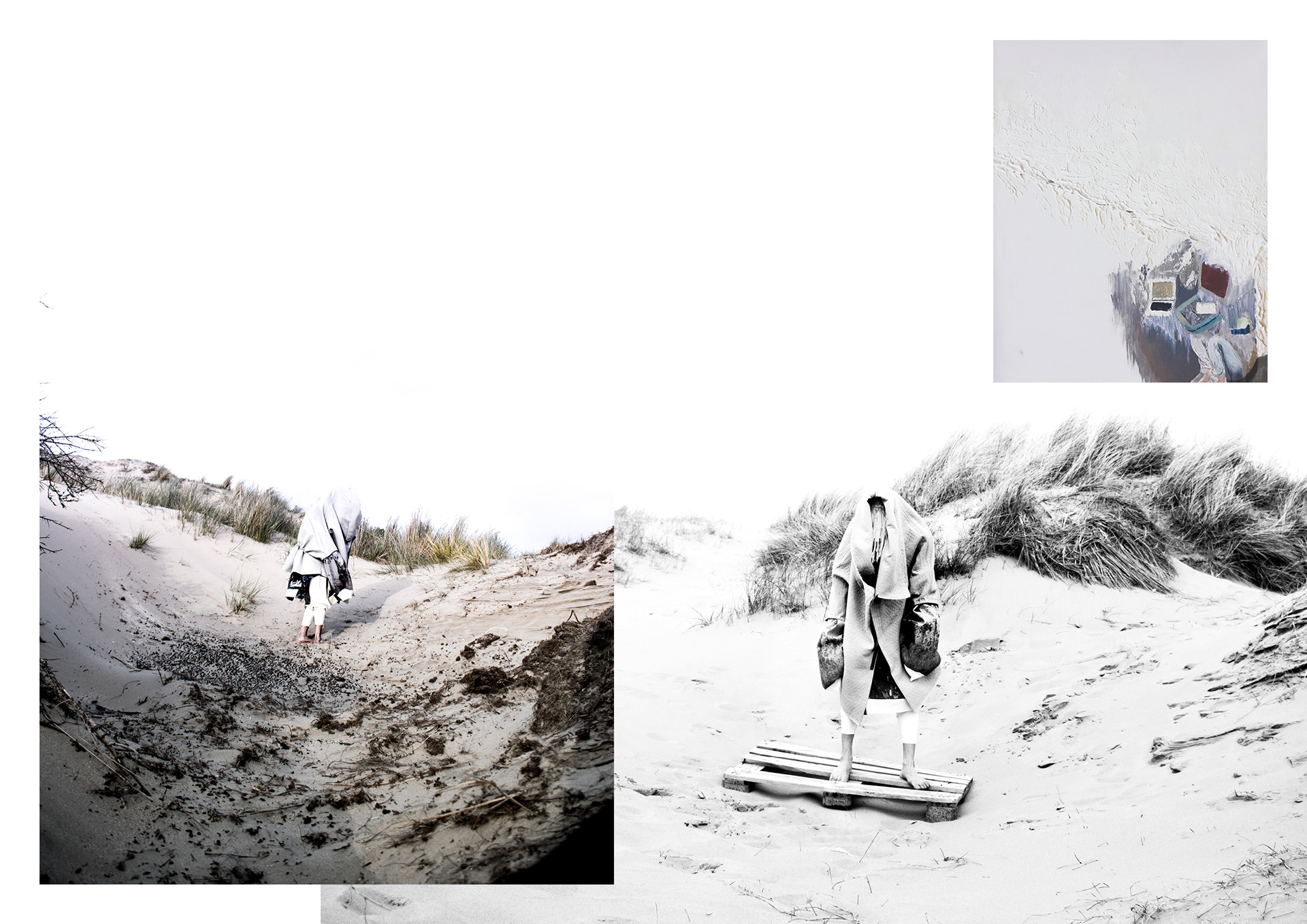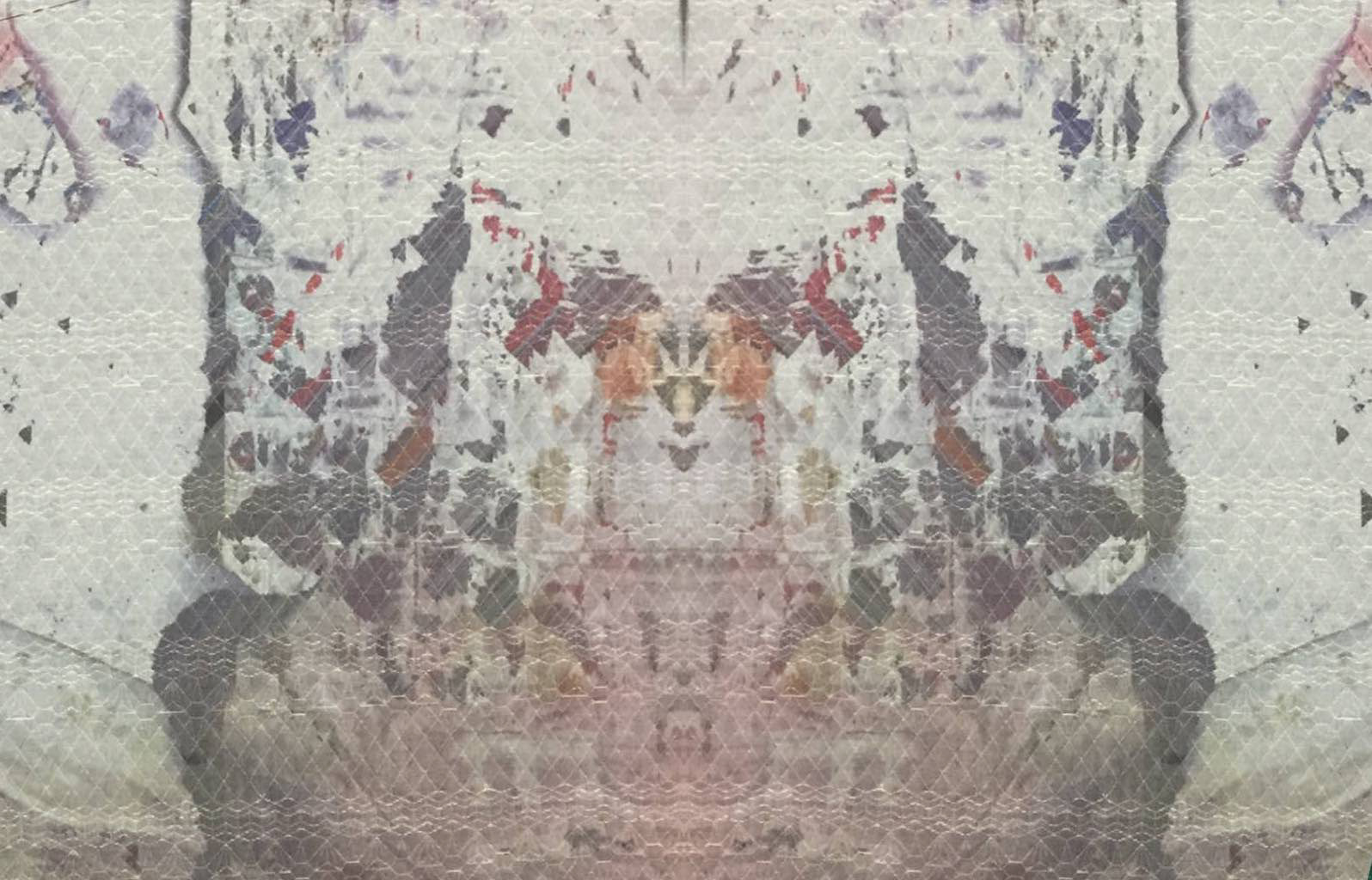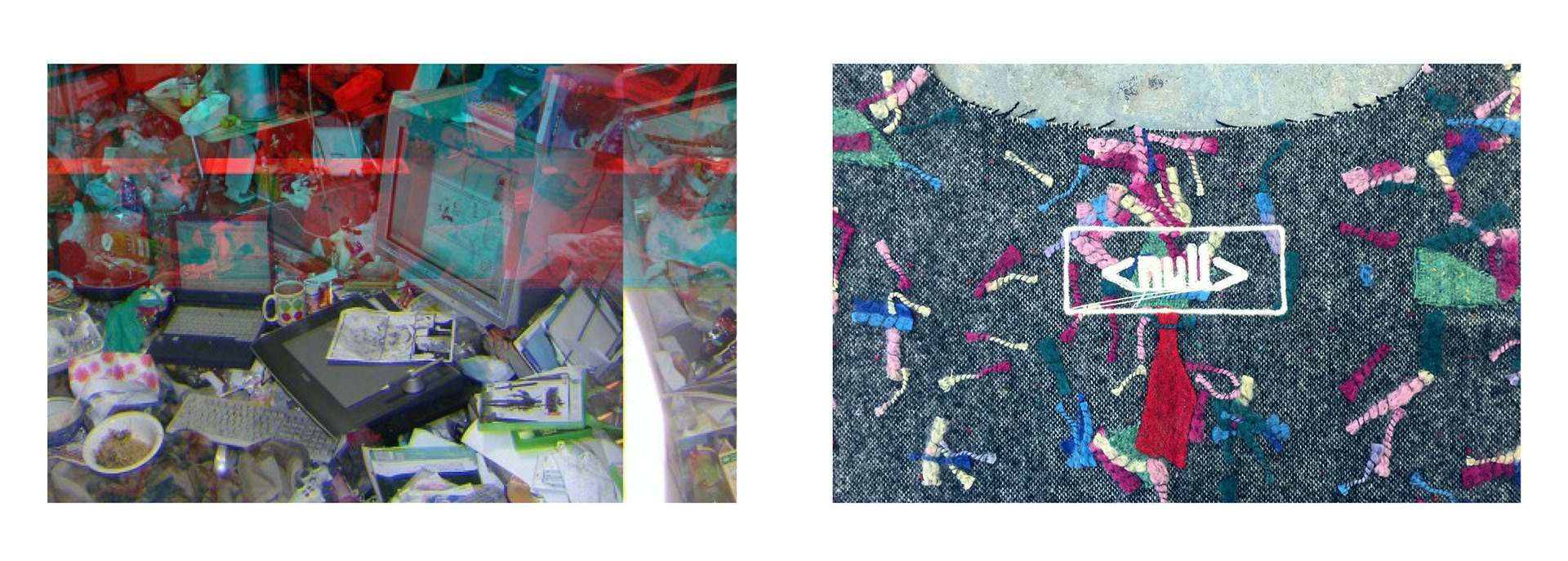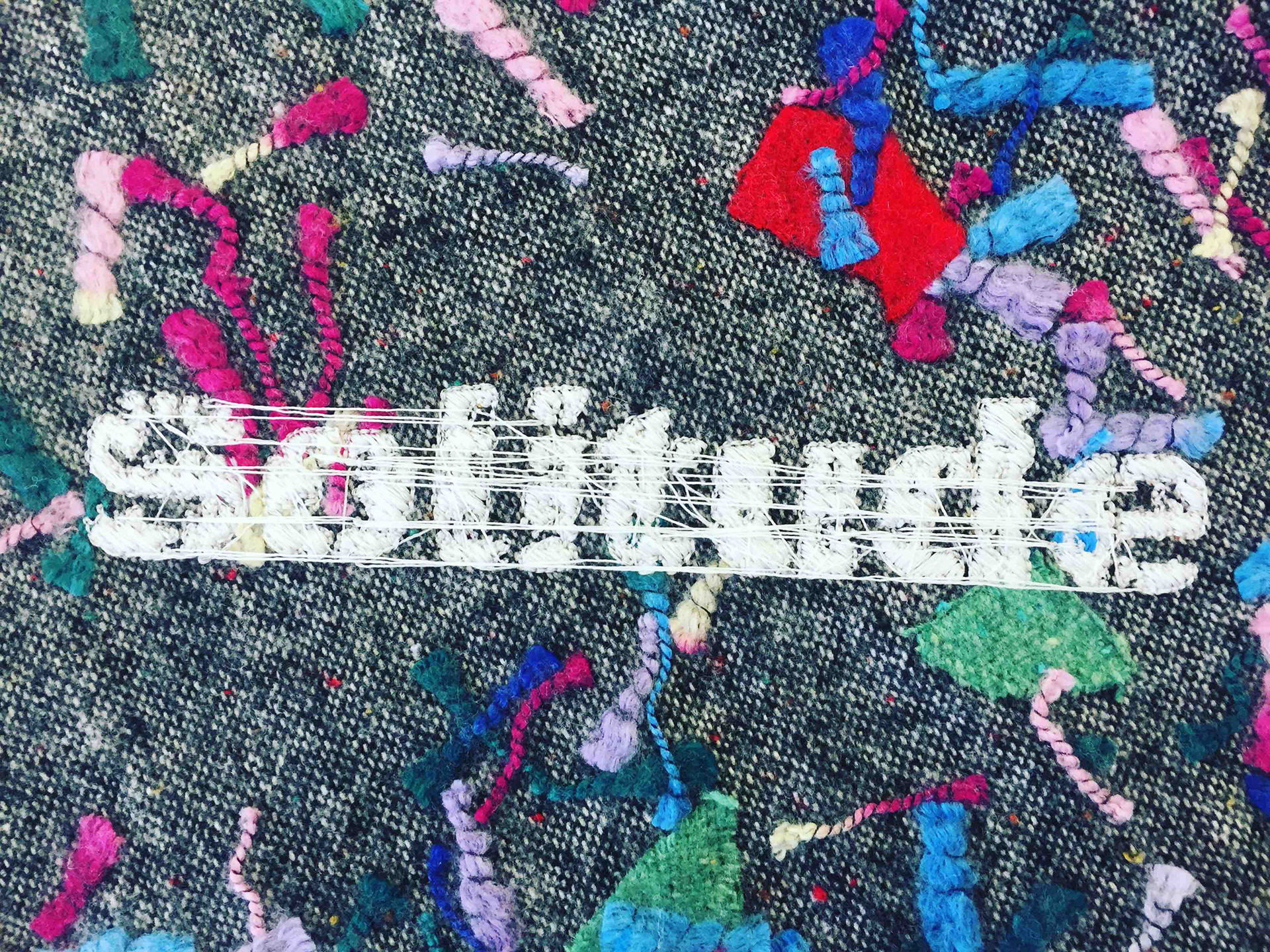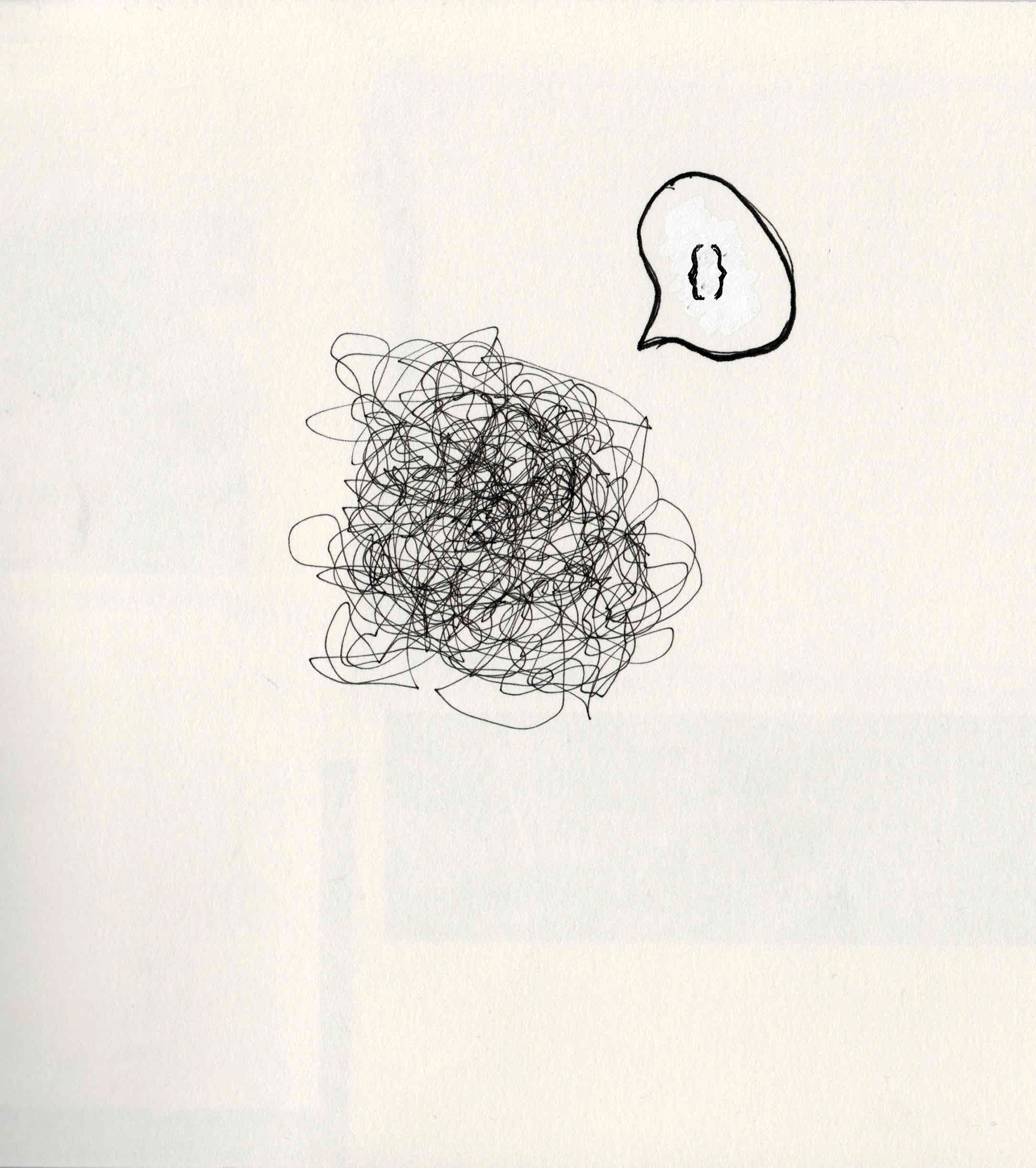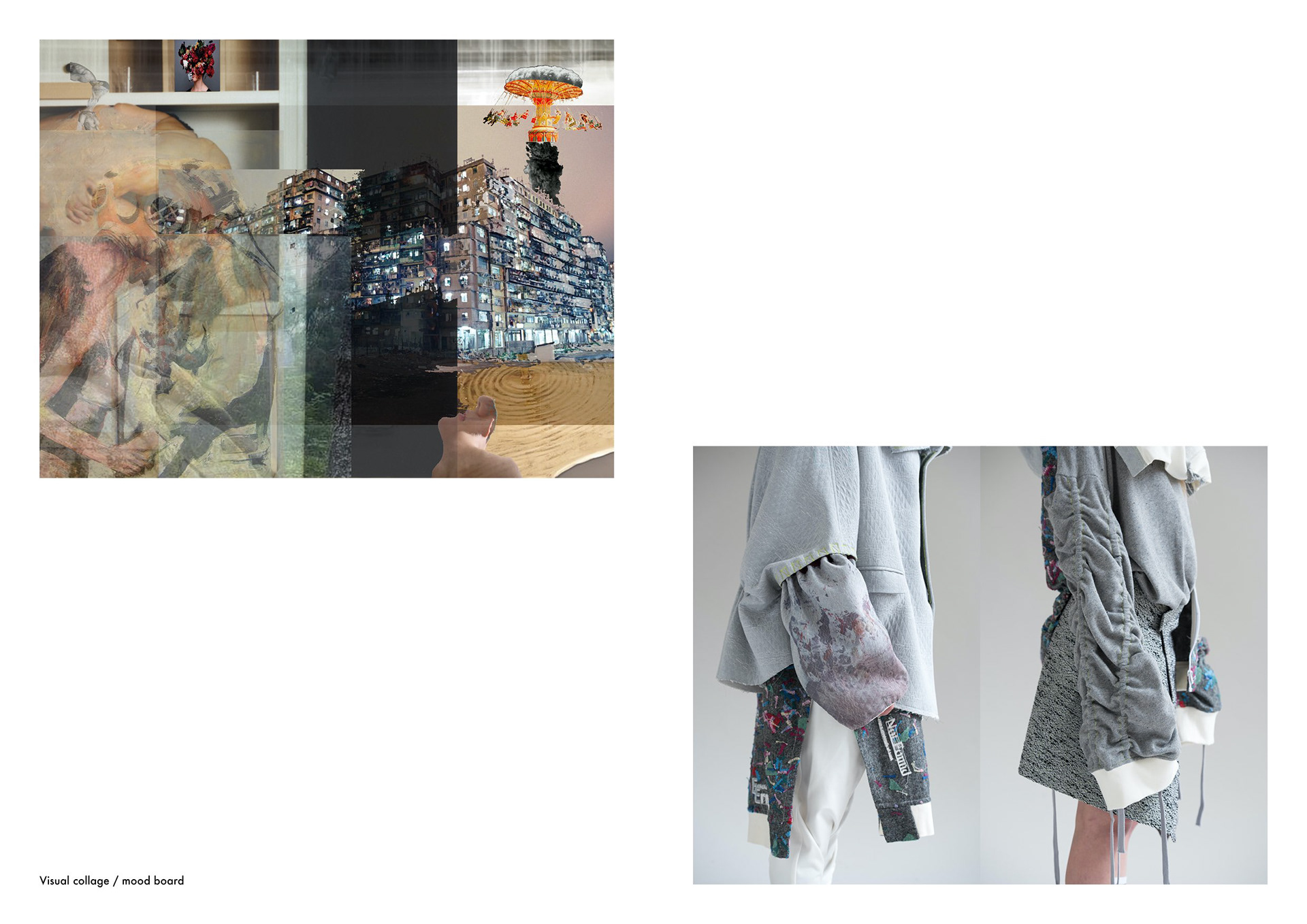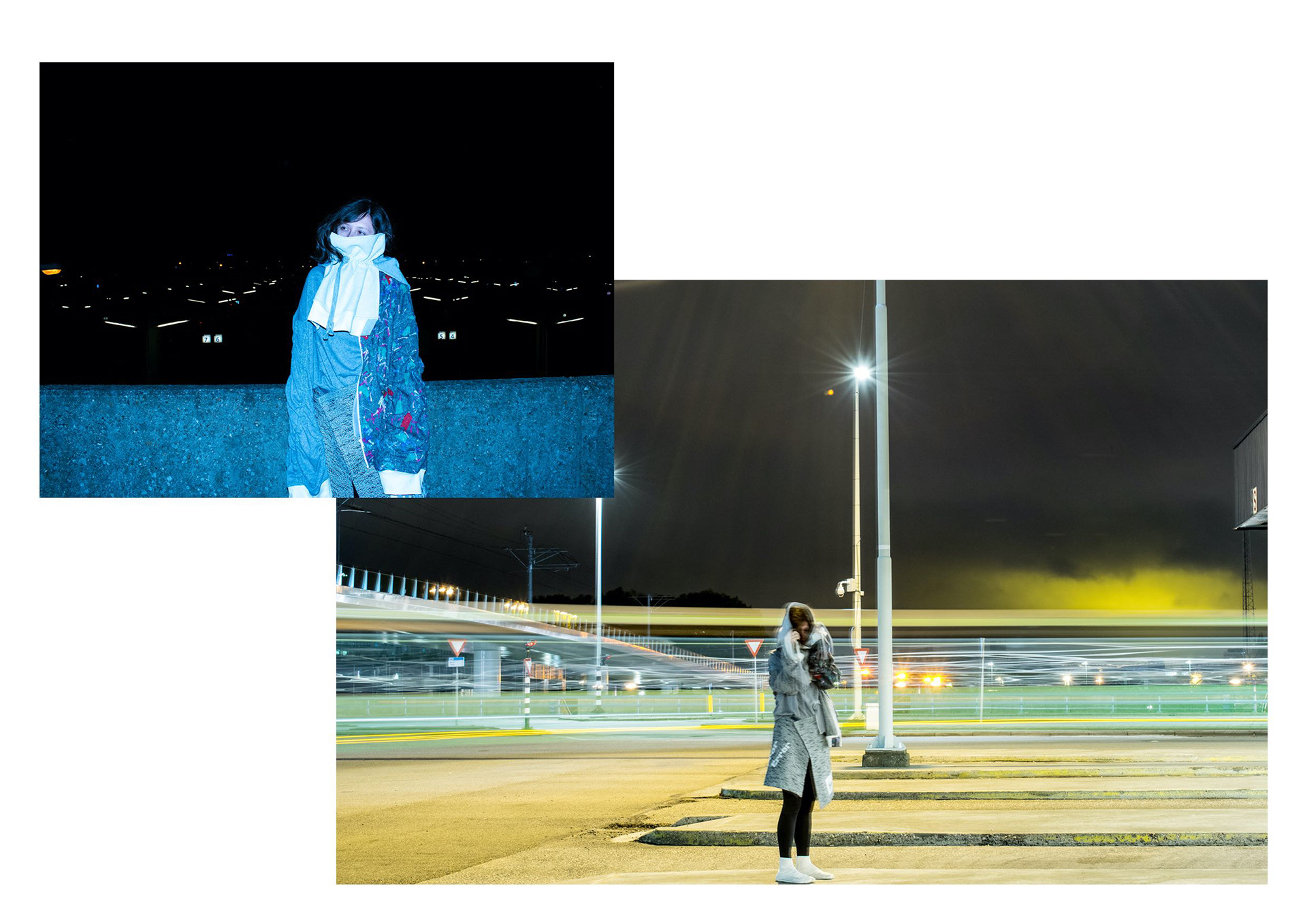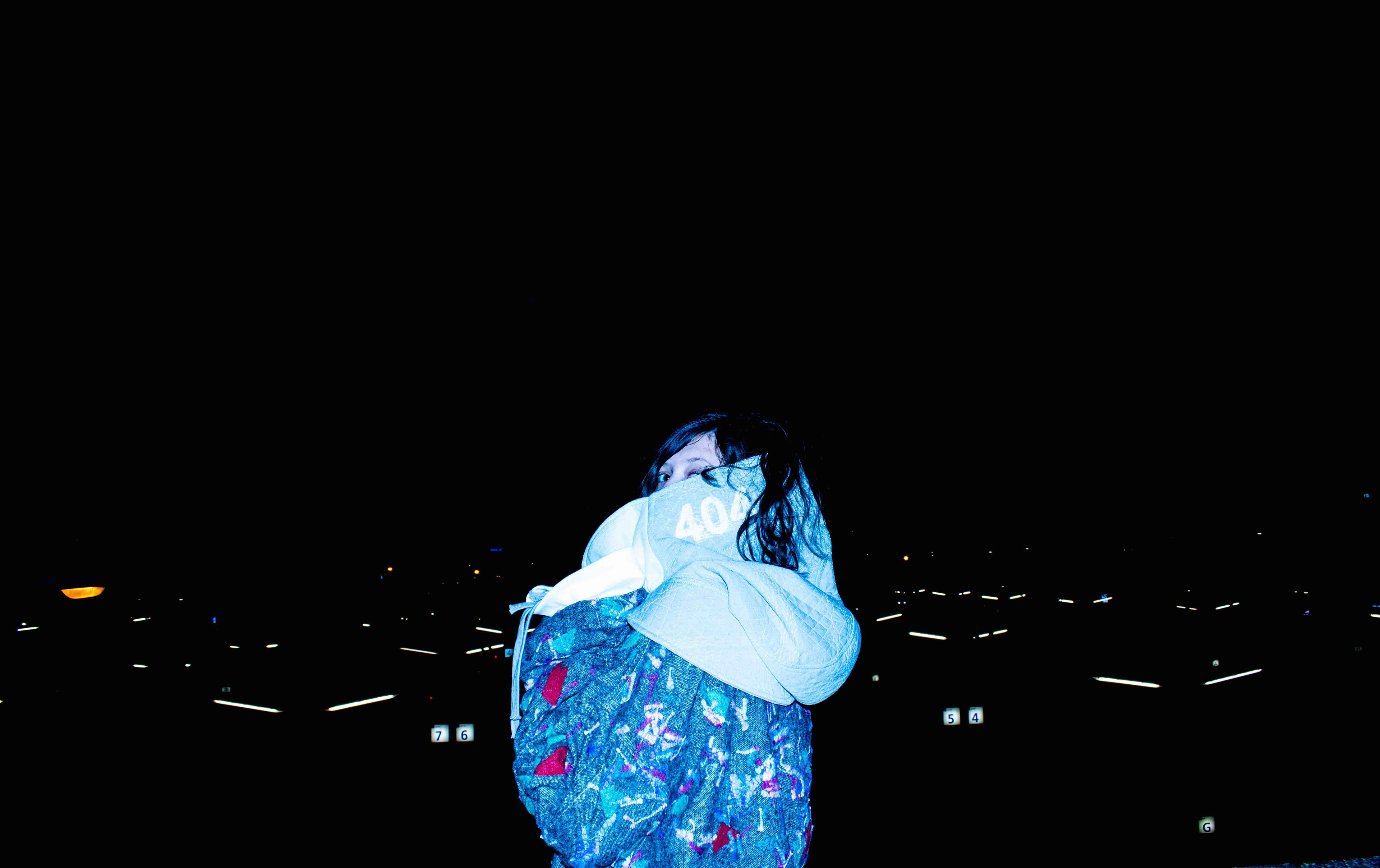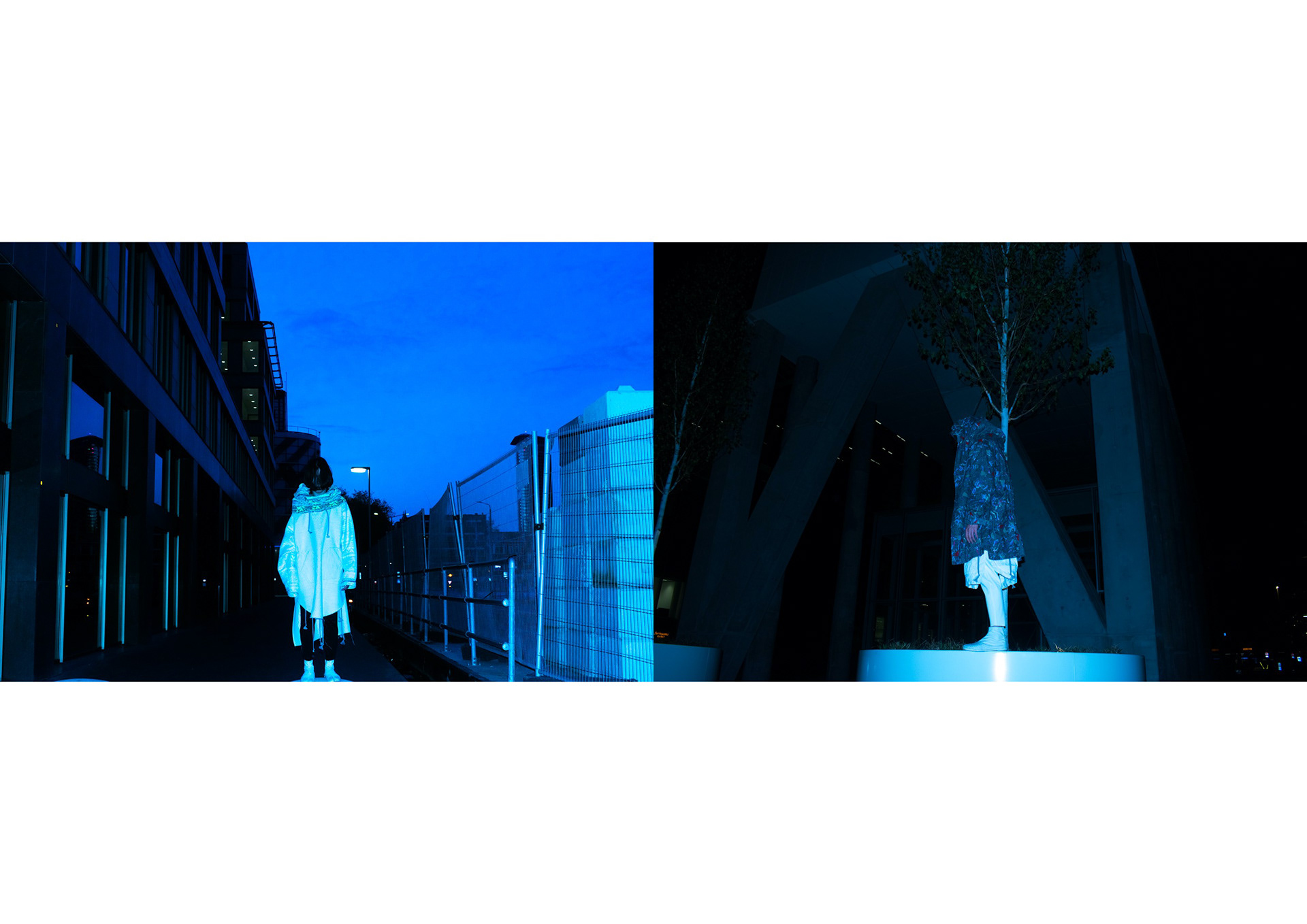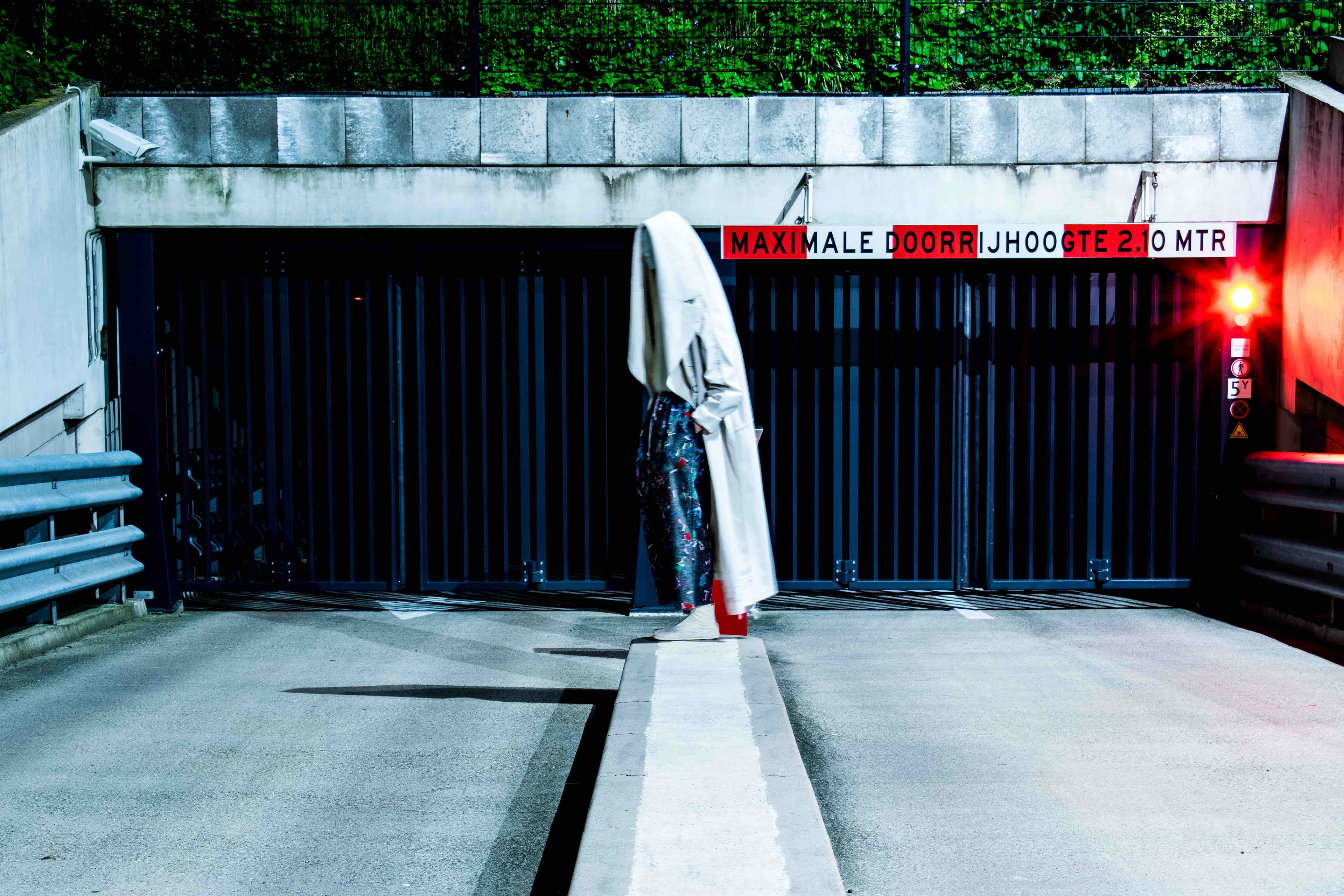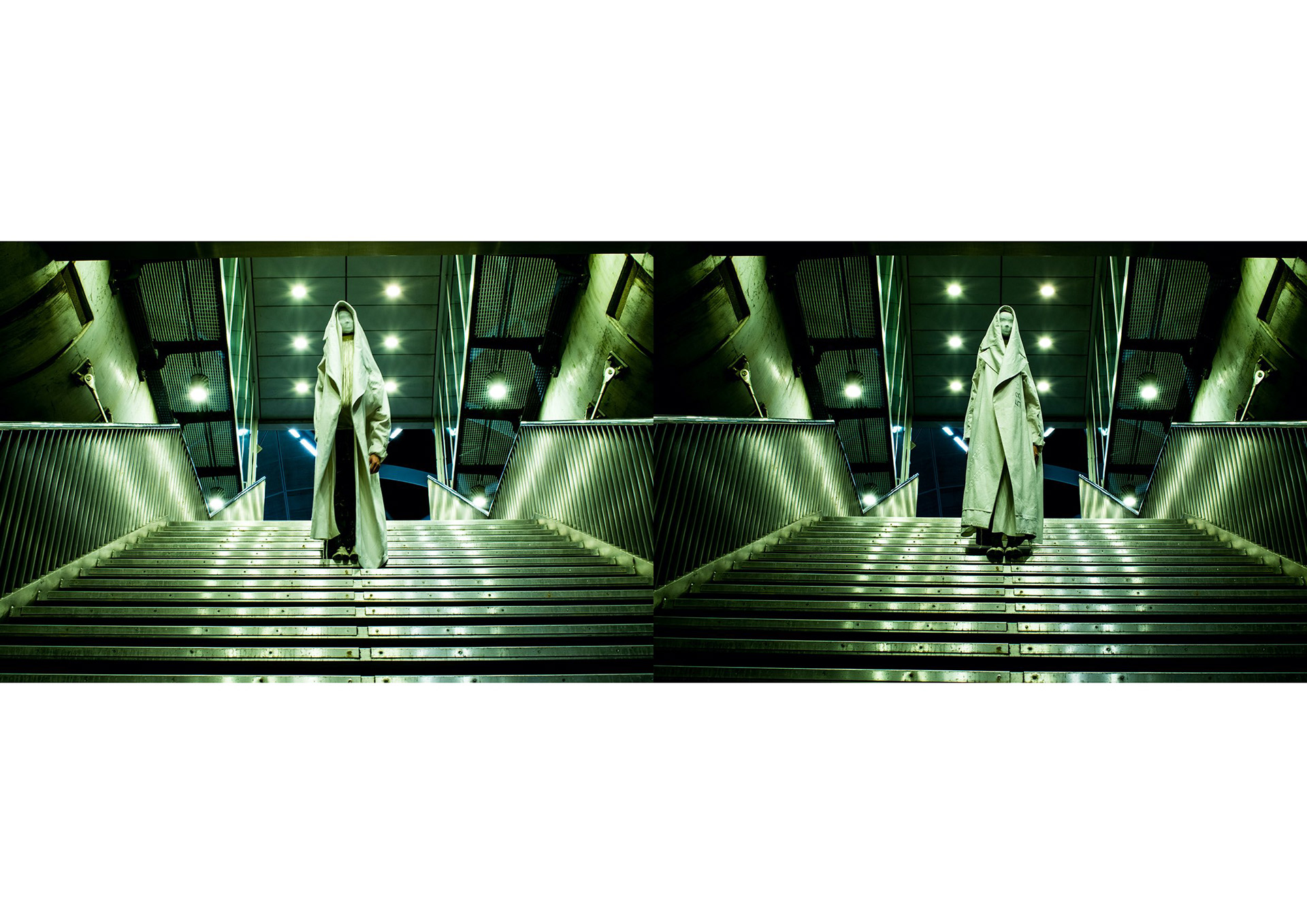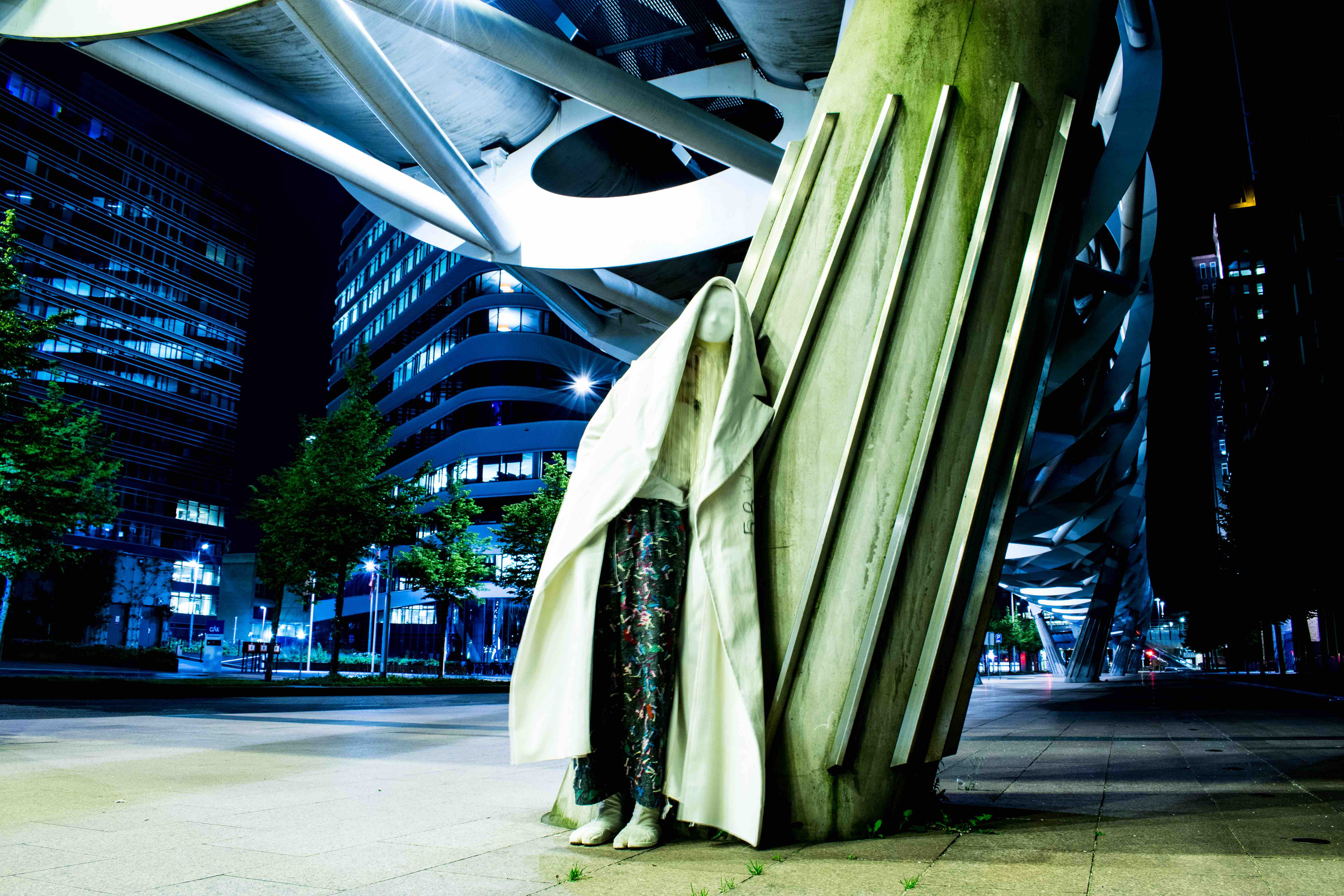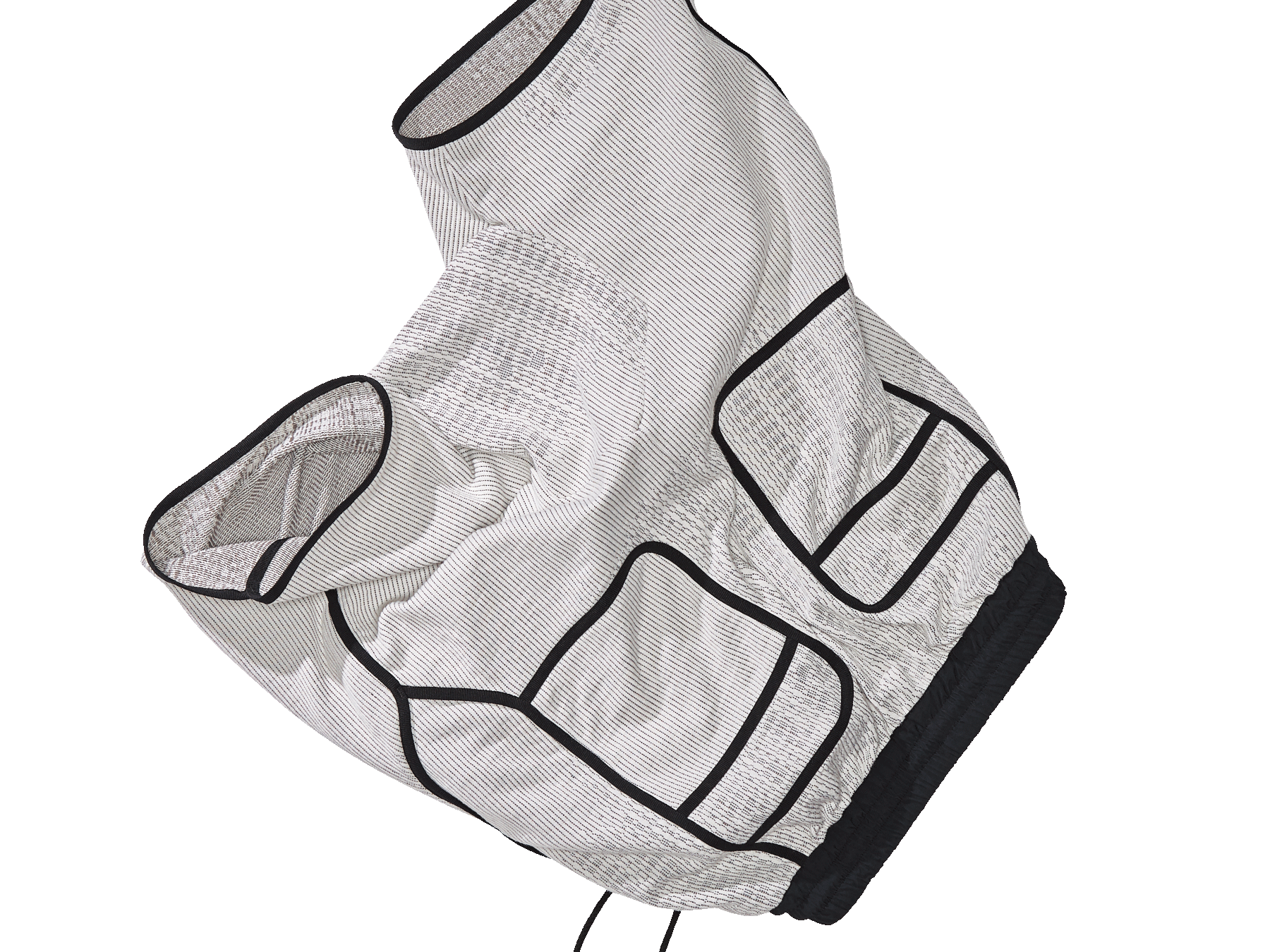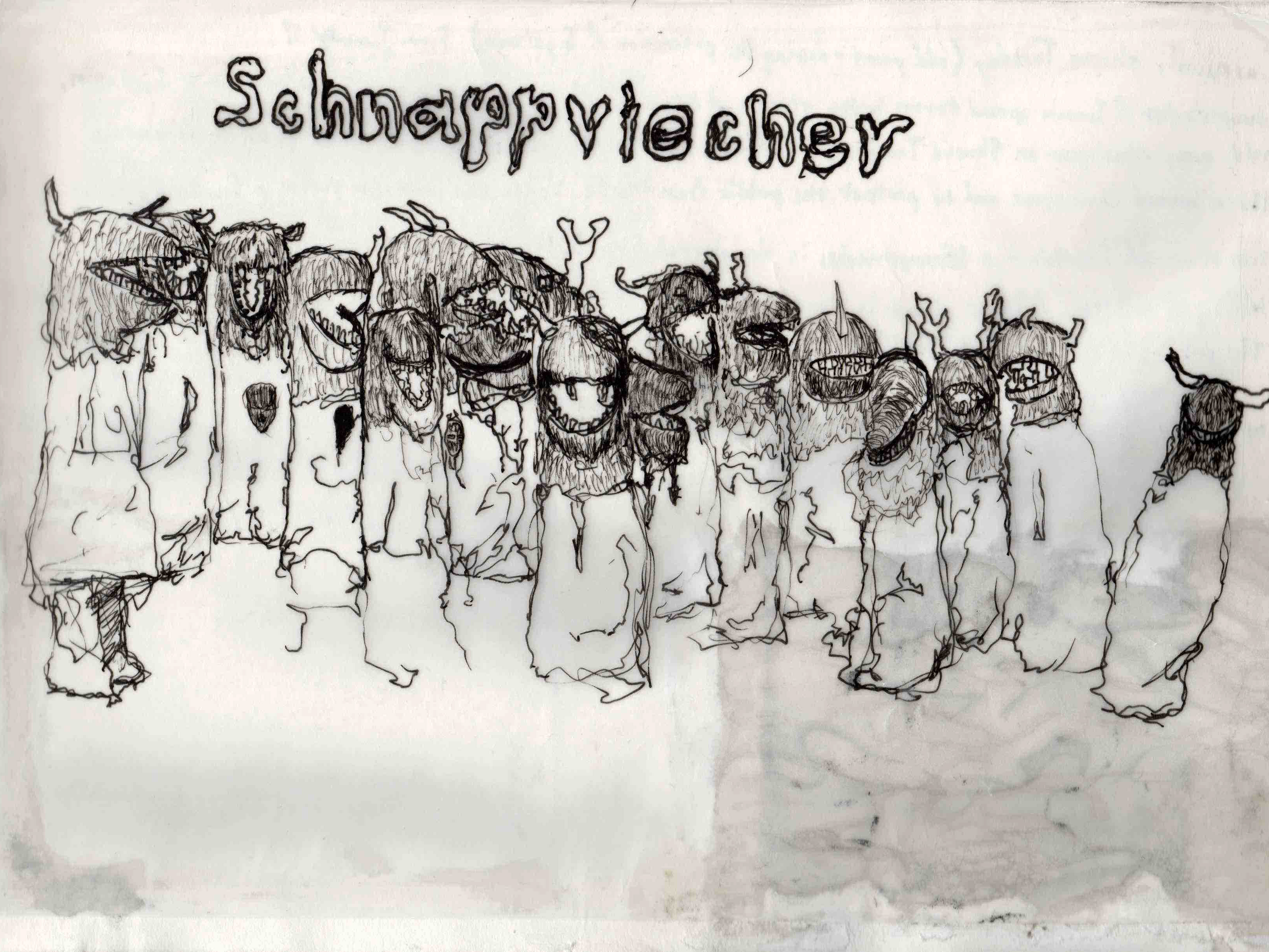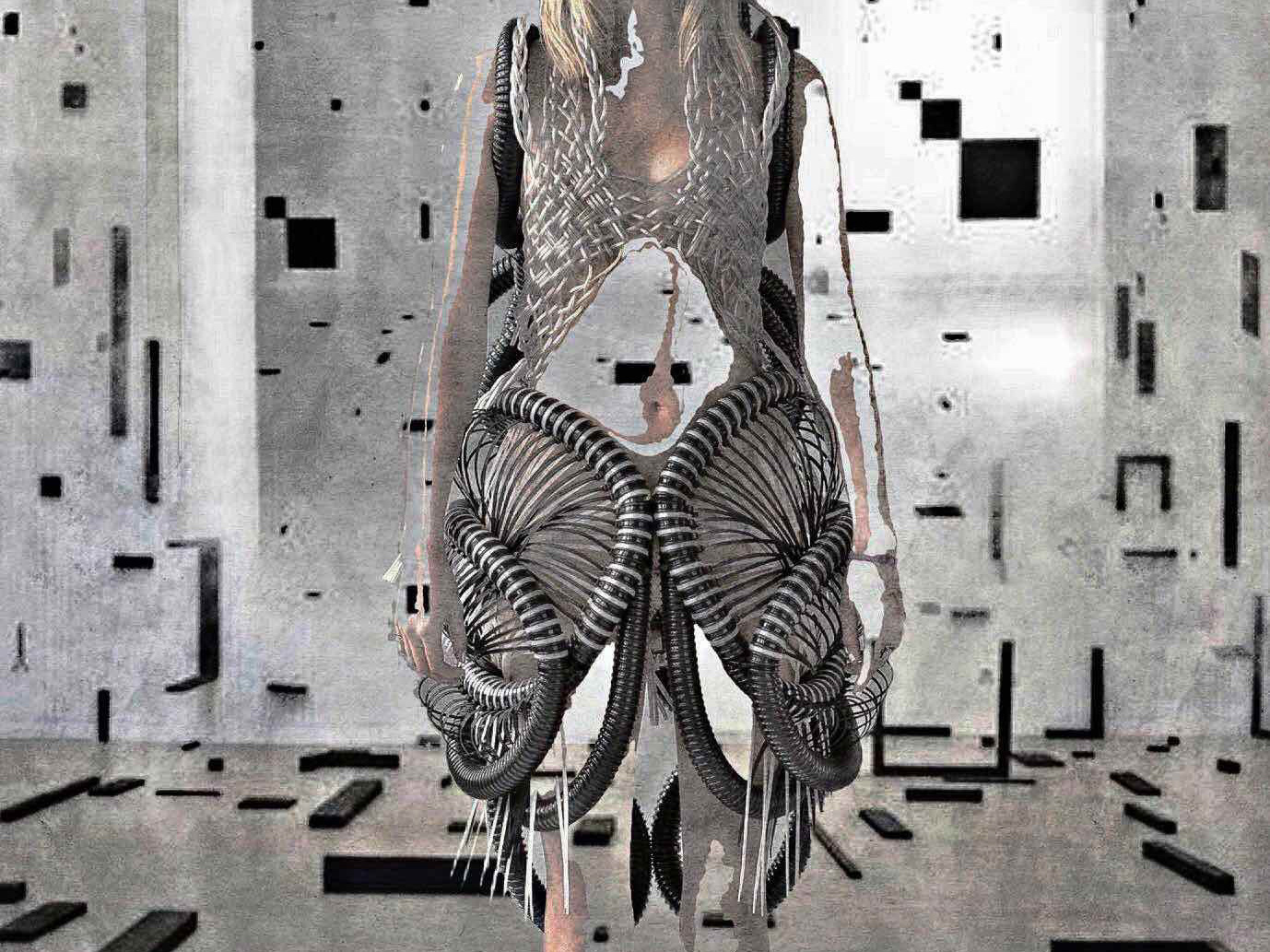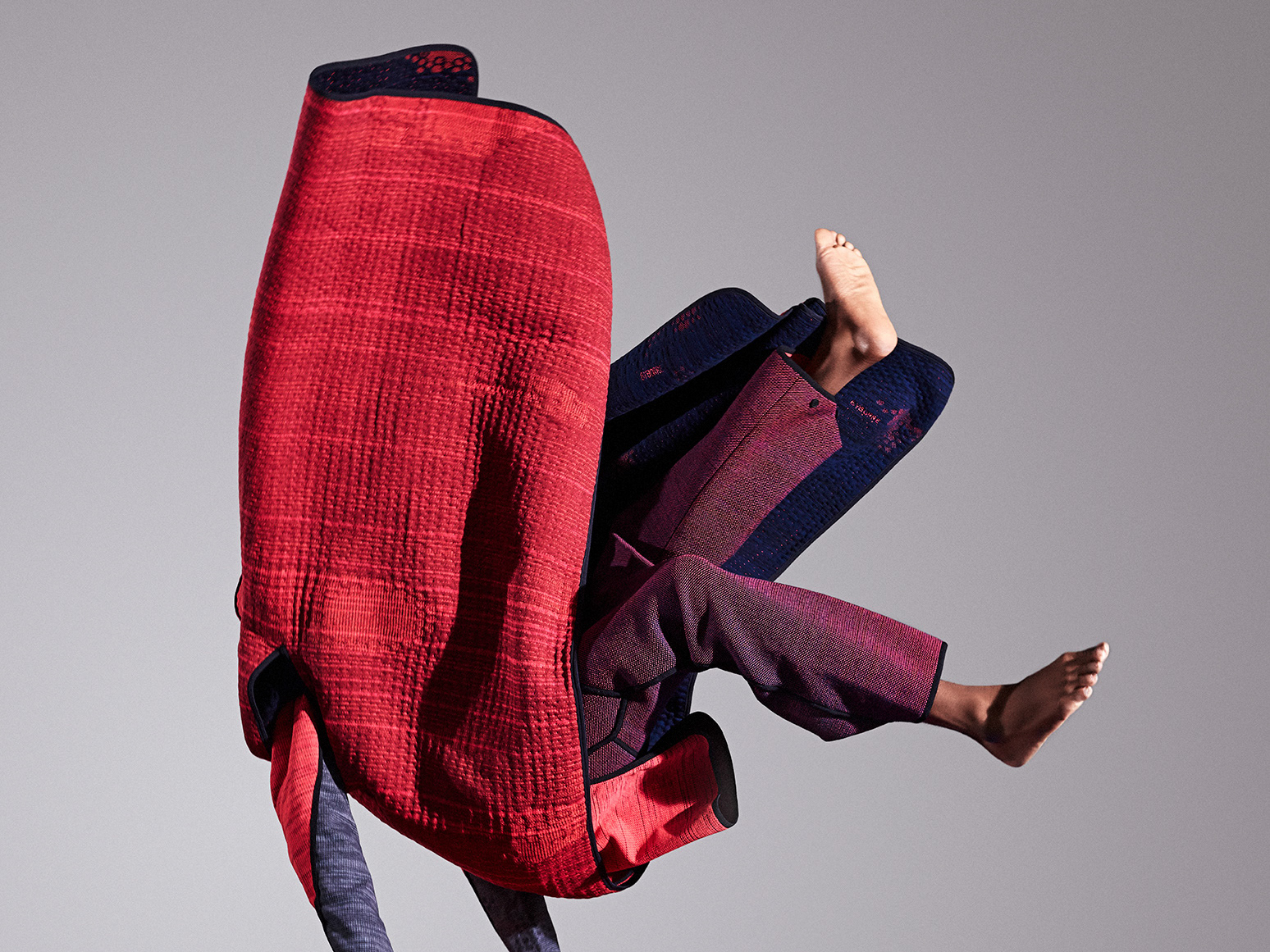In Japan, there is a phenomenon called hikikomori, which indicates reclusive adolescents or adults who withdraw from social life, often seeking extreme degrees of isolation and confinement. It refers to both the phenomenon in general and the recluse of themselves.
Hikikomori is an extreme example of modern-day human behaviour, leading up to 90-100% of their time awake spent behind a computer screen. Without leaving their own room, they can obtain information from all around the globe. Through fear to face the real society, they often build up their own society online by using simulacra; living in their own hyper-reality and own hollow world. As they indulge in the online sphere, they are living their own metaphysical experiences where there is no physical limitation.
This is the state of mind and characteristic behaviour of hikikomori, an ambivalent state of being open and closed at the same moment.
As a designer, I interpret hikikomori’s characteristics; an ambivalent state of mind in clothing as a portable fortress and hollow. The clothing manifests as a demarcation between the person and the exterior. I render it into big shapes with distortion on the fabrics, creating isolation, protection and security for the wearer. Acting as a tent, it territorializes space. This outer shell is an eclectic mash-up of things with no particular sequence, making the code of the clothing undecipherable. It has an aspect of rebellion towards preconception — resistance to be put in a box or defined — as well as emotional protection.
